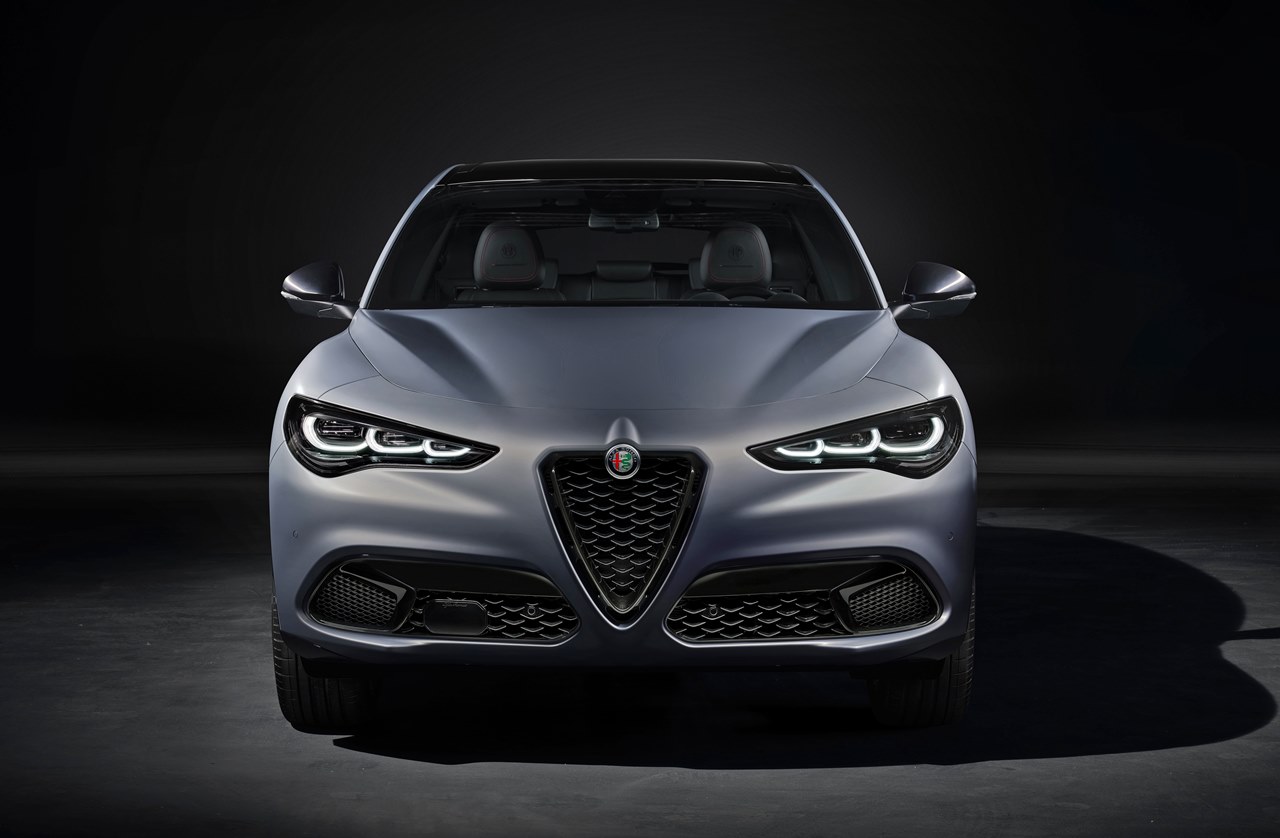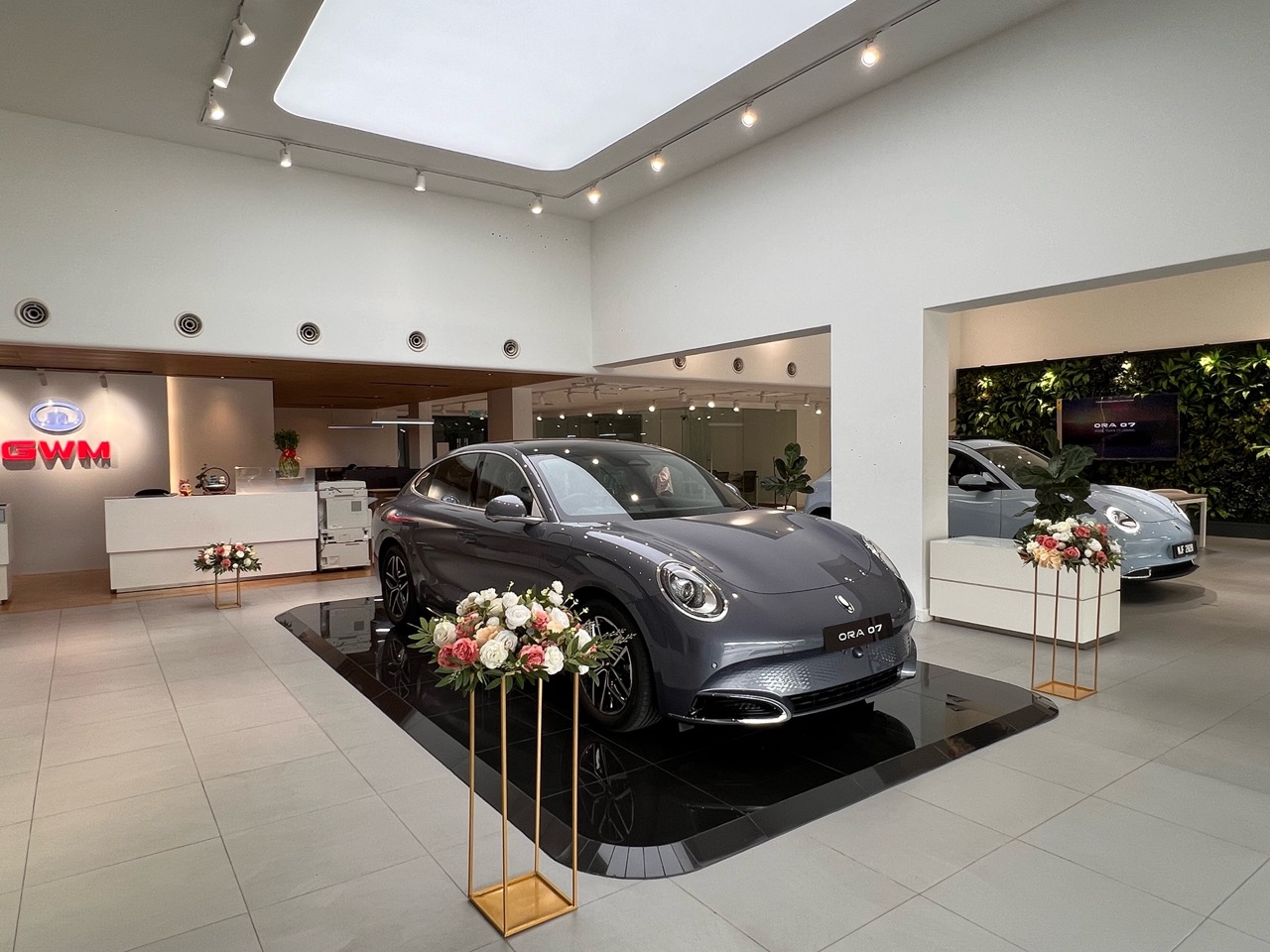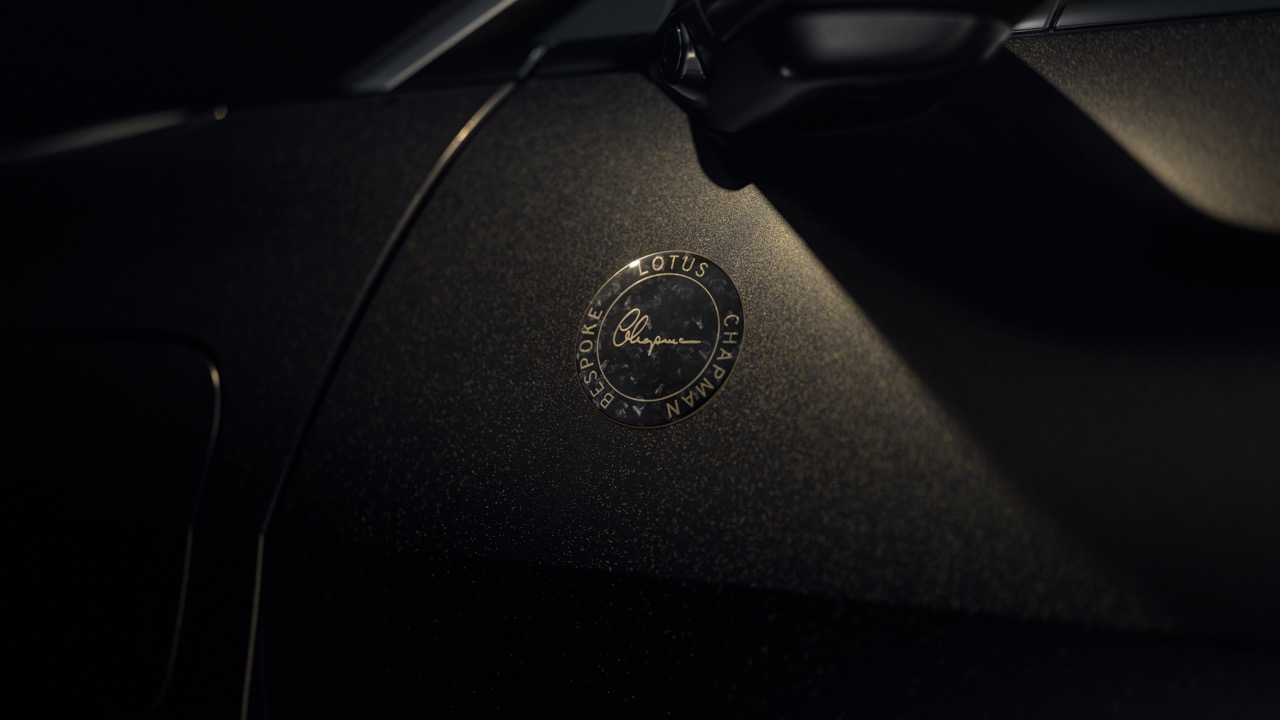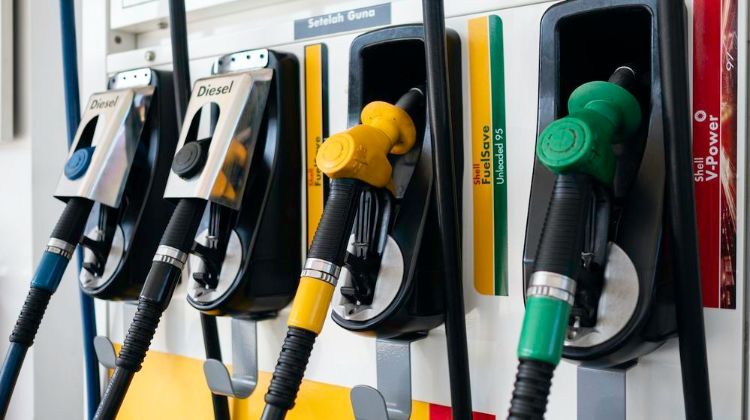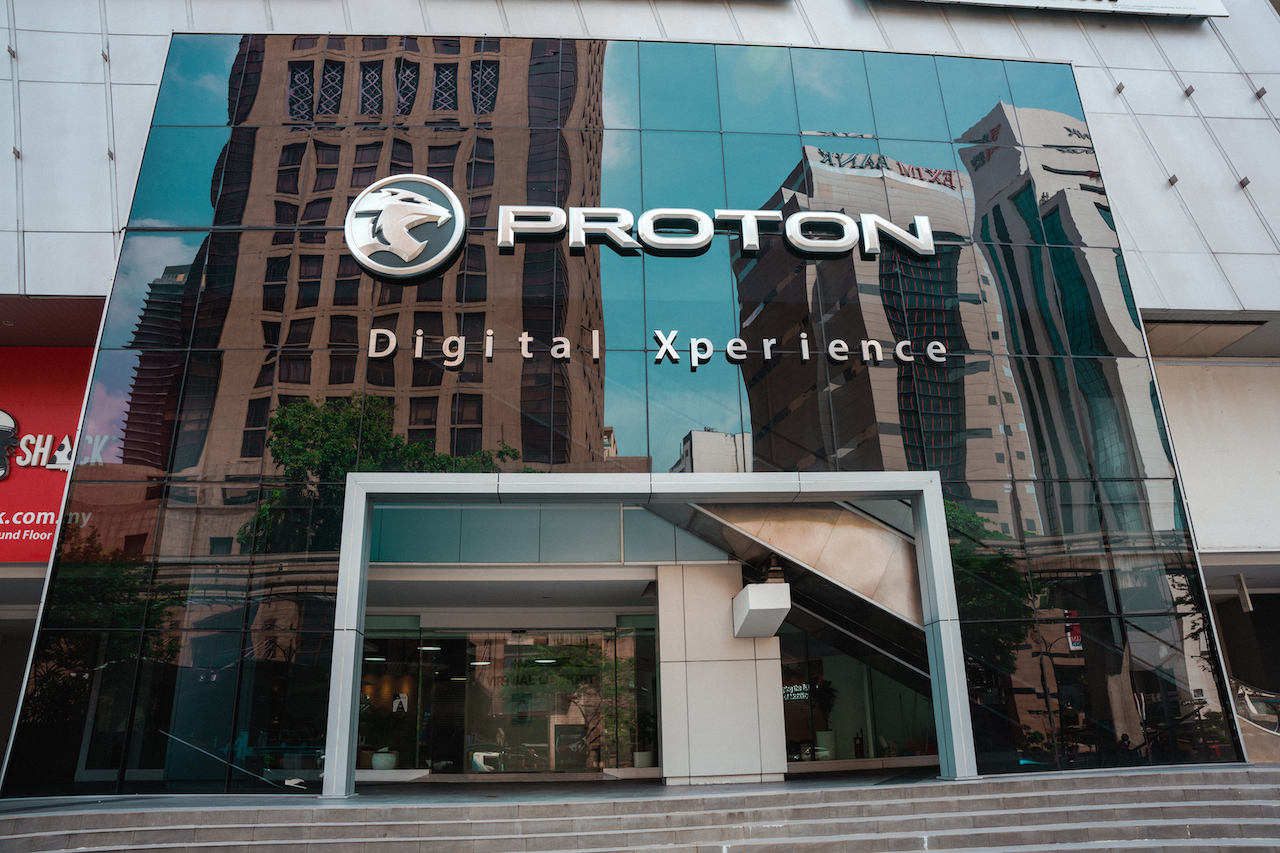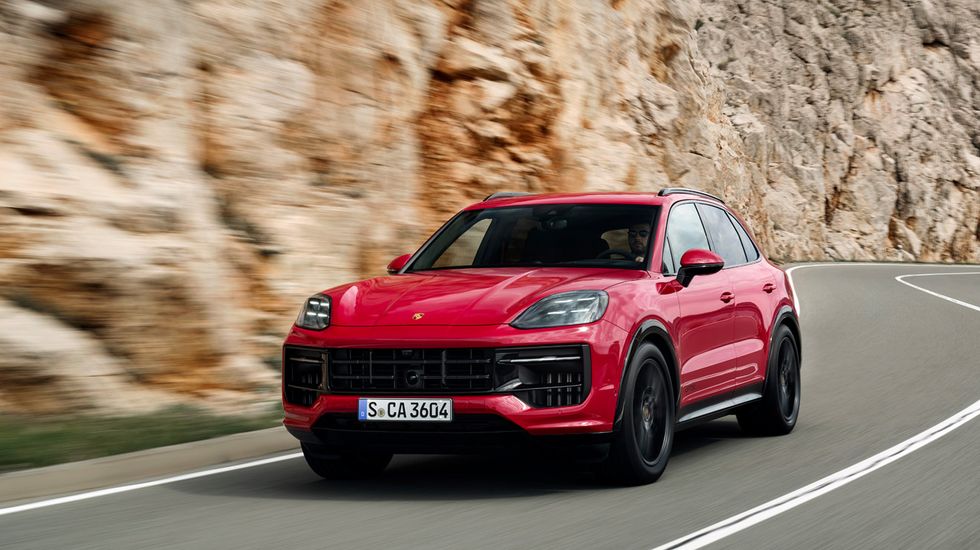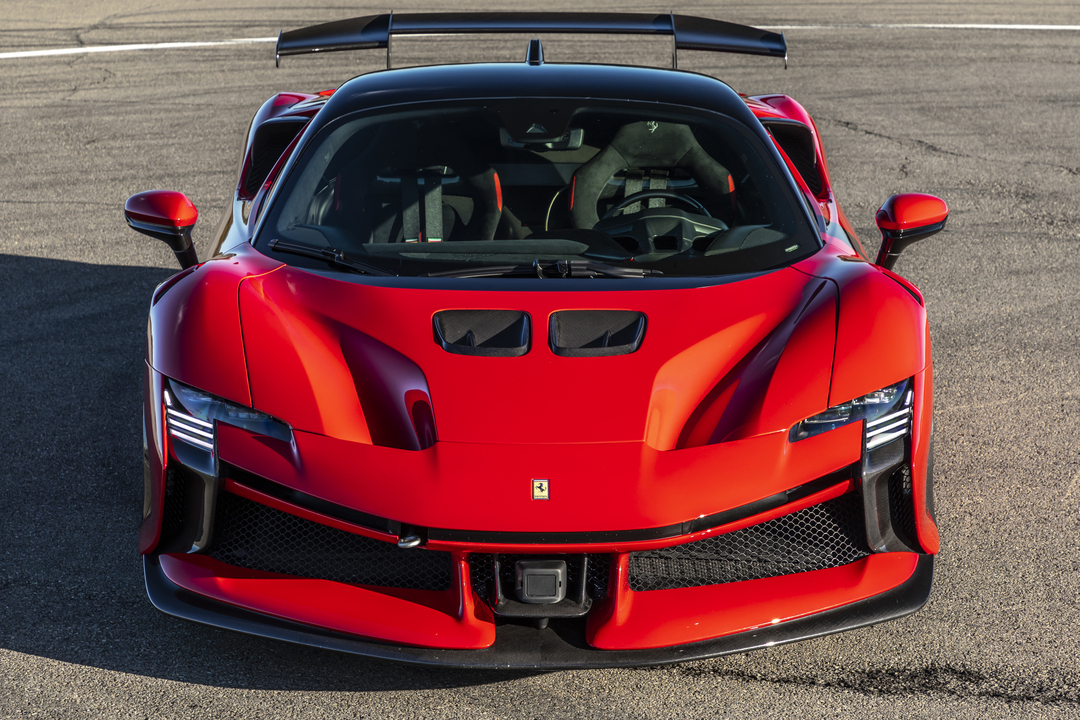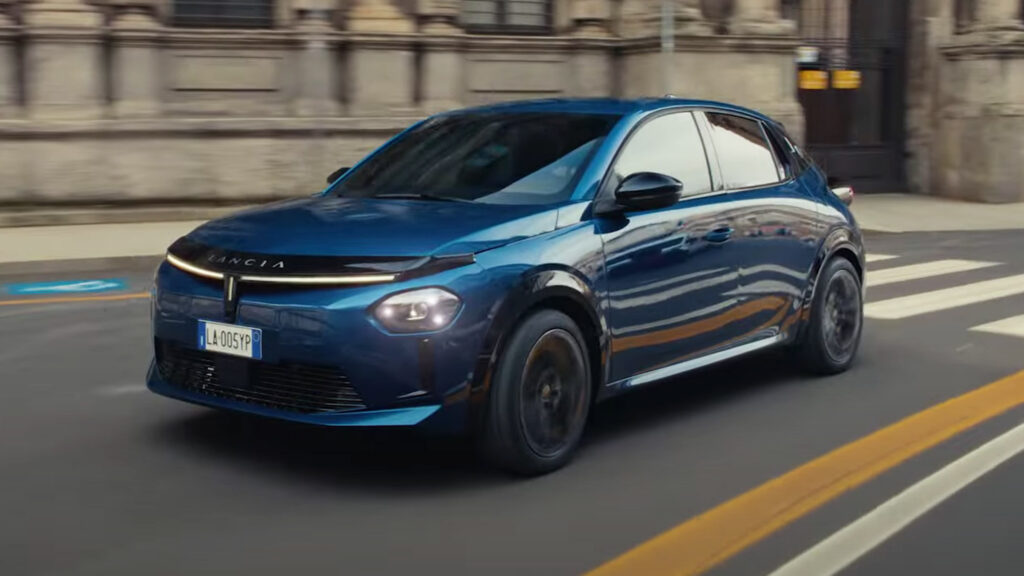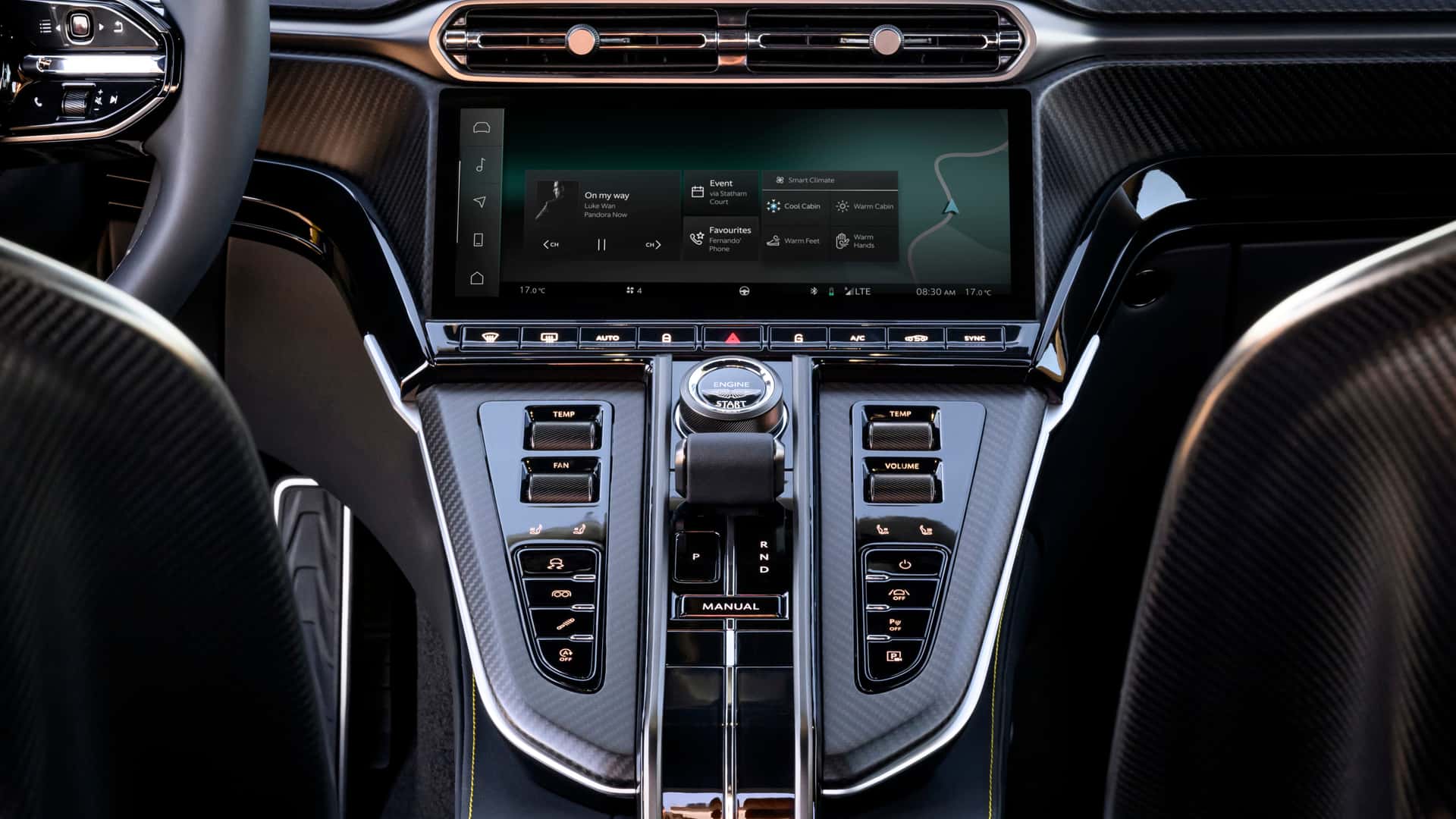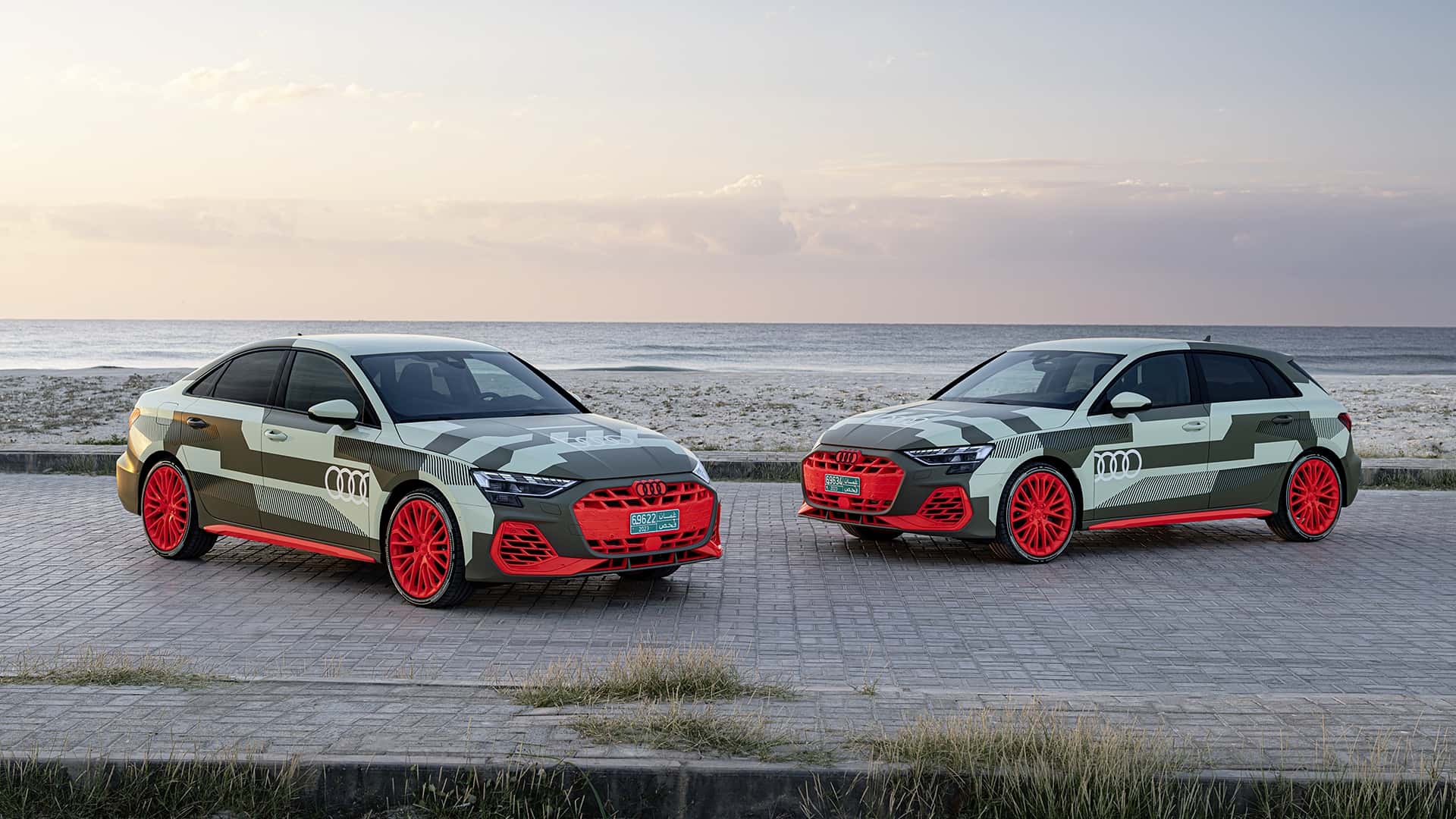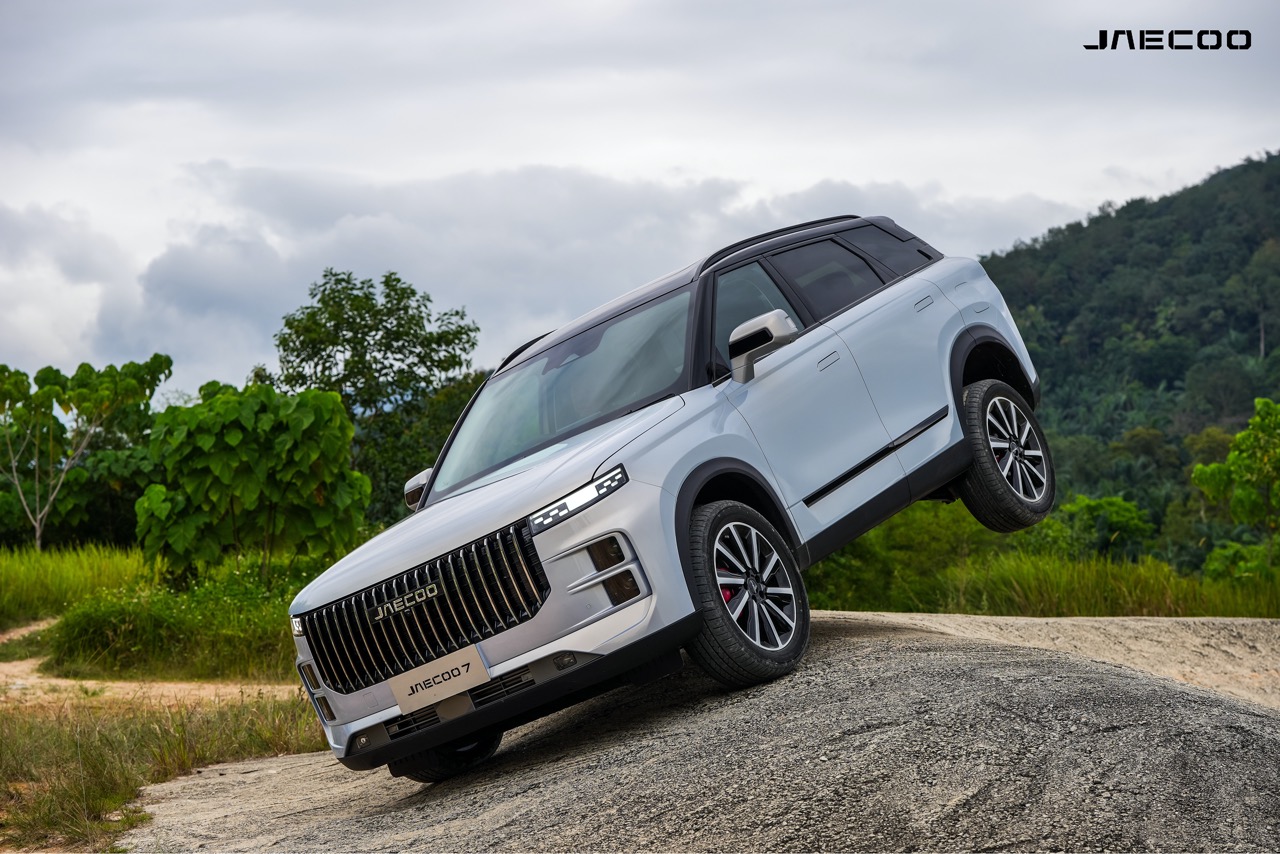Though introduced in 2016 and 2017, Alfa Romeo’s Giulia and Stelvio – which share the same platform – continue to soldier on into 2022. While the China versions received updates in 2020, the new 2022/2023 versions get exterior changes that create a strong family resemblance with the Tonale.
At the fronts of the new Giulia and Stelvio, the front grille, where the logo is positioned, and the lower grilles of the two main air ducts have been given a unique finishing which provides a contemporary reinterpretation of the famous and distinct Trilobo grille. The headlight units are entirely new in with ‘3+3’ lights that are the Full-LED Adaptive Matrix type.
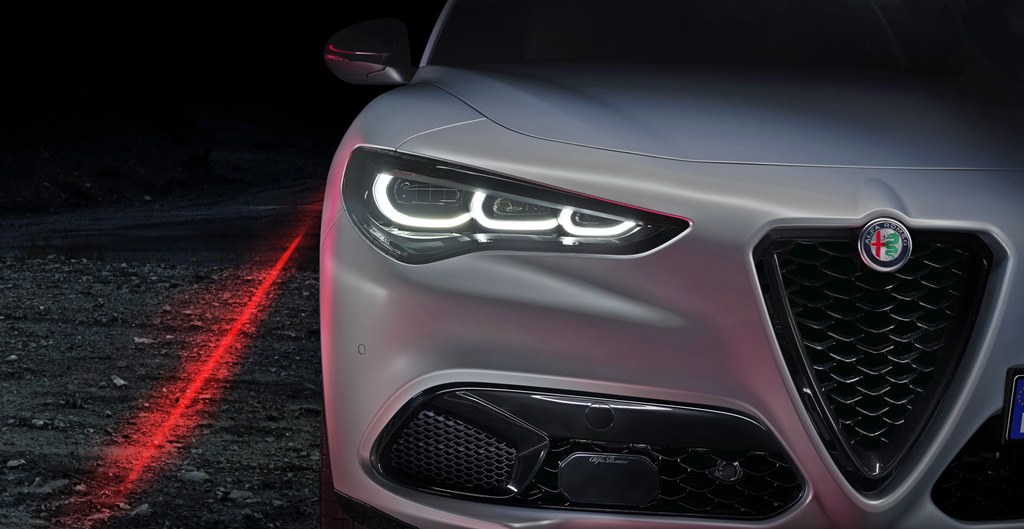
The Trilobo in Alfa history
The Trilobo first appeared in 1955 on the Giulietta and then the 1962 Giulia. After that, its use was sporadic and reappeared in the latter part of the 2010s and has remained a permanent feature.
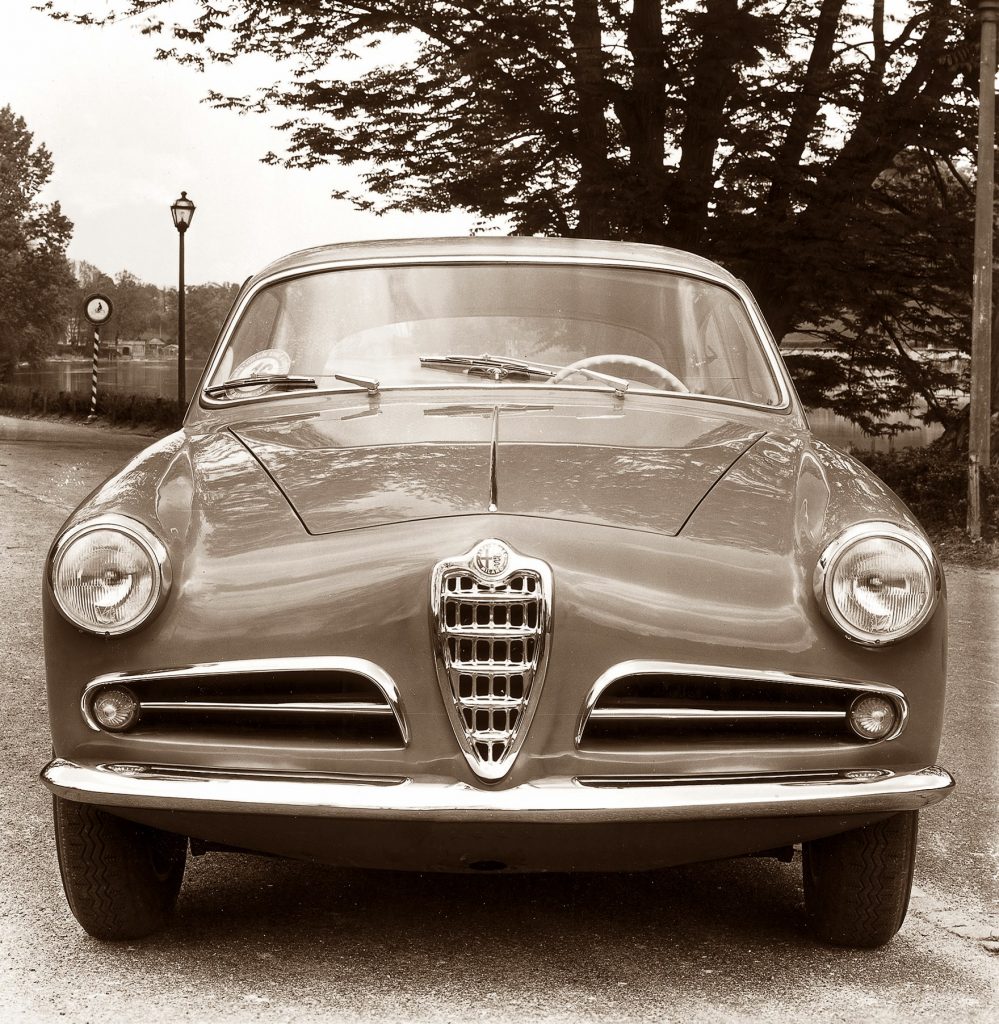
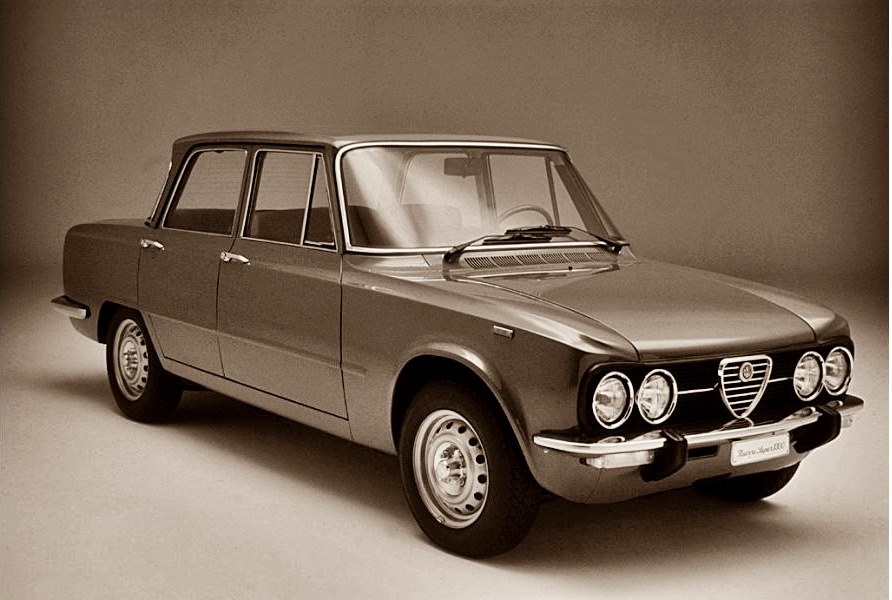
The three modules are not just stylistic feature but also advanced technologies to make motoring at night safer. The Adaptive Front Lighting System constantly adjusts the dipped beam headlights based on the speed and driving conditions, while the Glare-Free High Beam Segmented Technology automatically detects both directions of traffic to avoid blinding the other cars (when lighting conditions are poor).
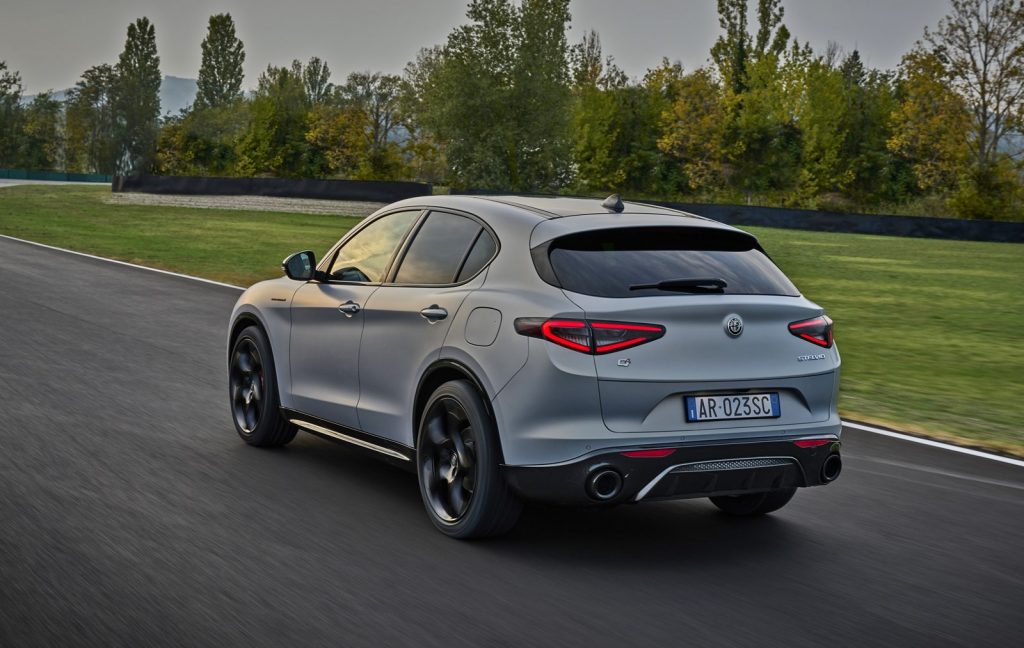
The layout of the group of rear LED tail lights accentuate the sportiness of both new models. The Stelvio has clear lens tail lamps while those on the Giulia come with a smoked lens and glossy black finish.
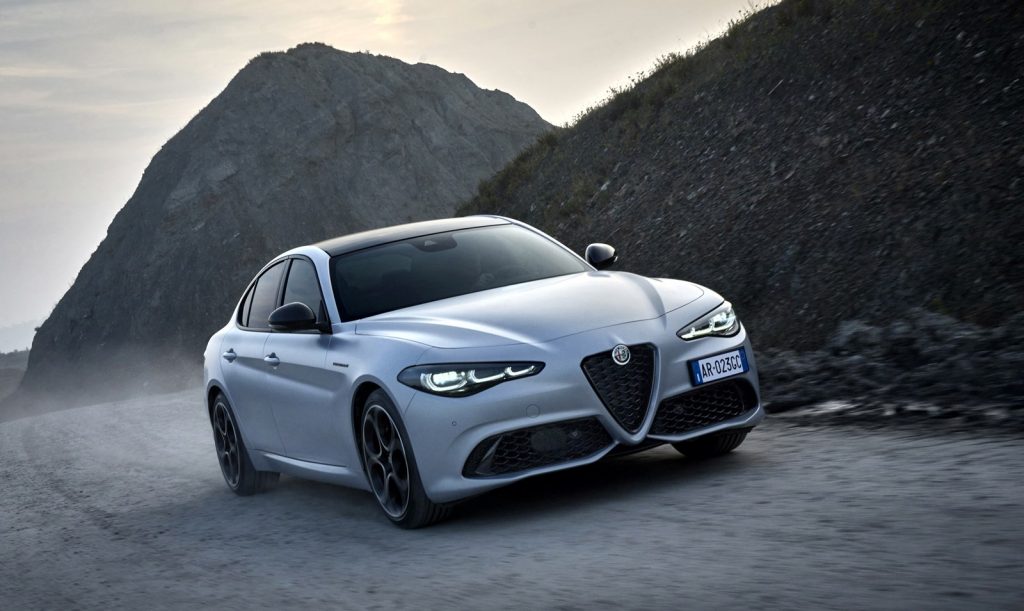
Revised dashboard
The interior of the new cars has also received significant updating on the dashboard, with the instrument panel having its historic ‘telescopic’ design. It includes a new, completely digital 12.3-inch TFT screen, where all the vehicle information and parameters related to the autonomous driving technologies can be accessed. The cluster can be configured into three layouts: Evolved, Relax and Heritage. The latter layout is inspired by the brand’s iconic Sixties and Seventies models, with distinctive details like inverted numbers at the end of the speedometer.
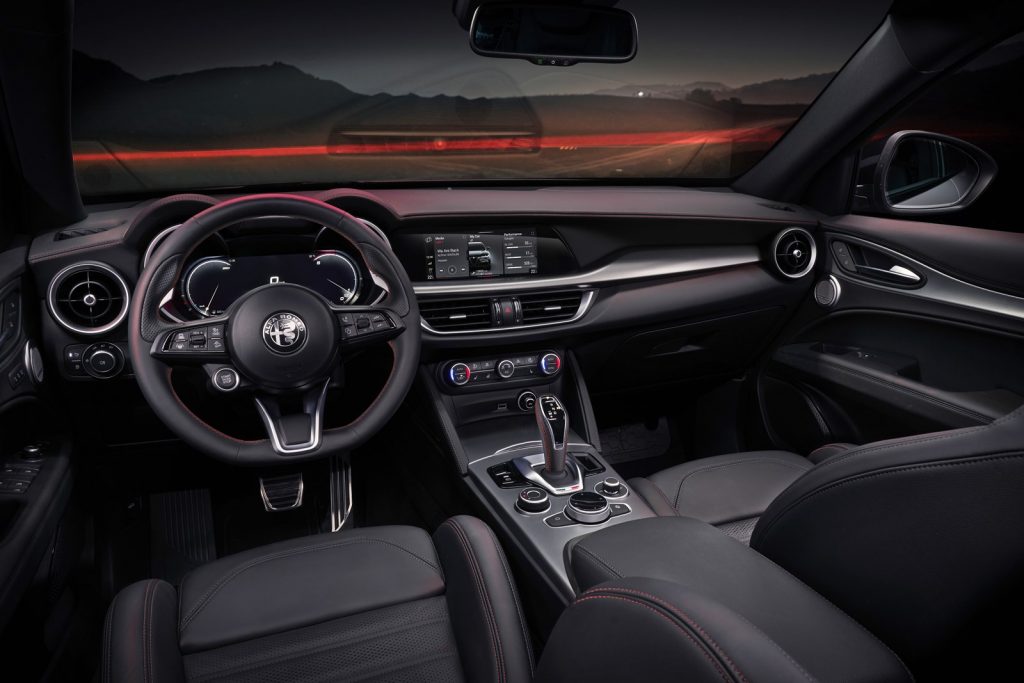
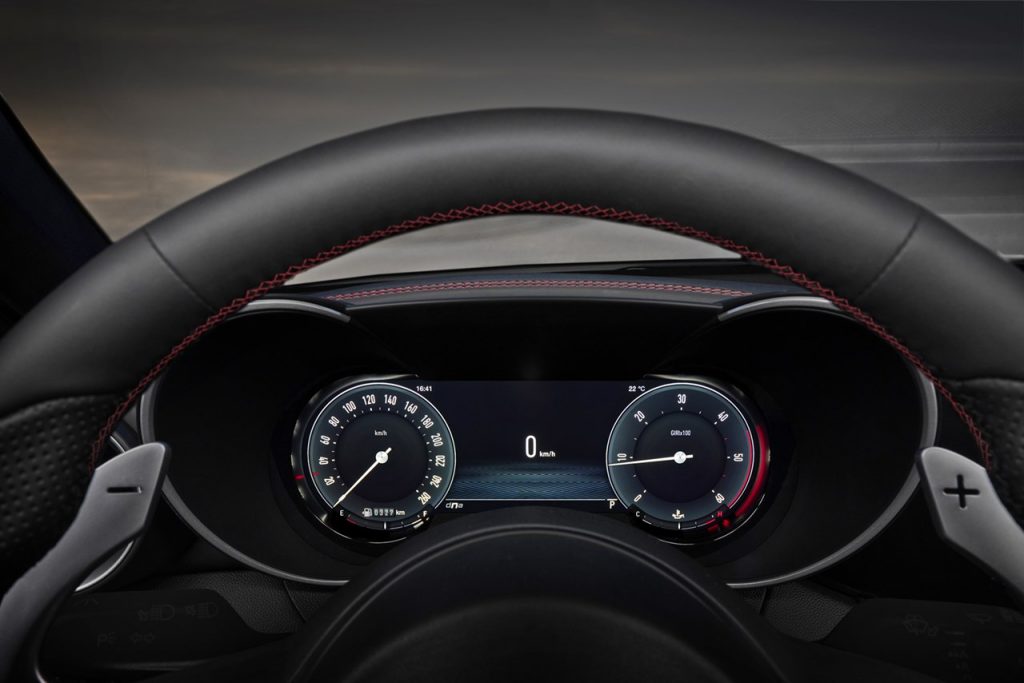
NFT technology available
NFT (Non-Fungible-Token) technology is also available on the models – a world exclusive in the automobile field which the Italian brand began on the Tonale and today is available on its entire line-up. The technology is based on the concept of the ‘blockchain card’, an encrypted and non-modifiable digital register where the main information on each car gets recorded. This distinctive off-board feature, which is easy to use and sustainable, further highlights the innovative character of Alfa Romeo. Based on the customer’s selection, the NFT generates a certificate where data on the vehicle’s life gets recorded.
The certificate can be used to guarantee proper vehicle preservation and, thus, support its residual value. The NFT certificate provides a further source of credibility which helps the owner/reseller, but also reassures the buyer in the choice of a used vehicle.
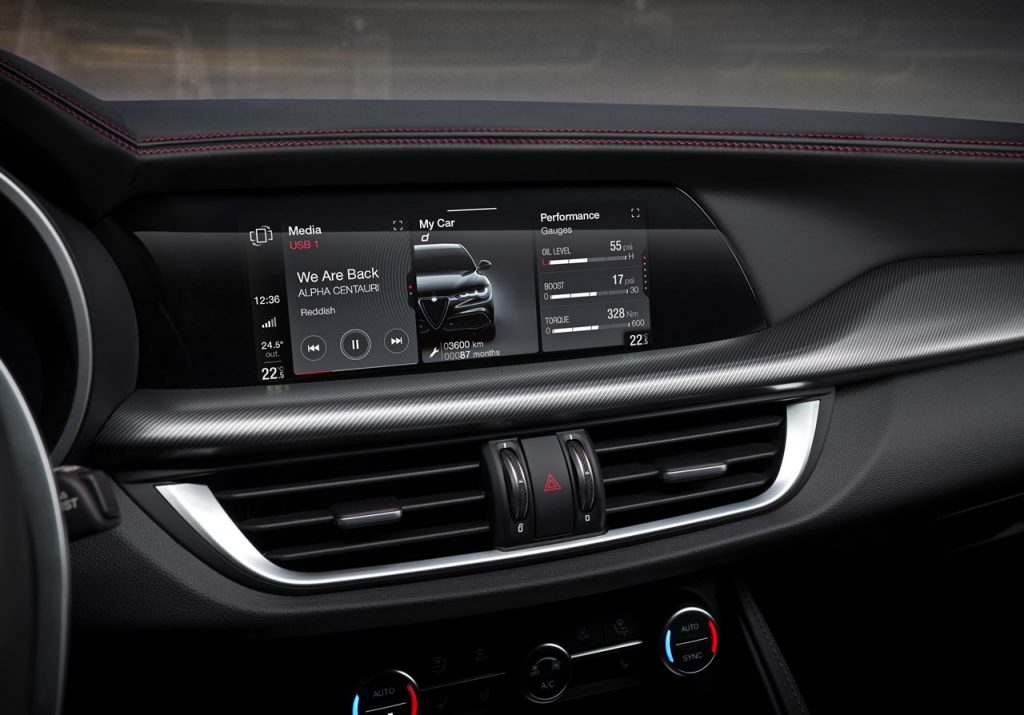
Technical aspects maintained
The technical aspects of the new models are largely unchanged from before to maintain superior driving dynamics for which Alfa Romeos have always been known. Extensive use of lightweight materials like aluminium and even carbonfibre in certain areas give agility, while all-wheel drive with Q4 technology gives stability and grip to exploit the full performance available.
The Alfa Romeo Q4 system allows the Stelvio to send all the power to the rear wheels. If tyre grip is approaching its traction limit, or if desired by the driver, it can instantly deliver up to 50% of the engine torque to the front wheels in less than 150 ms, preventing wheelslip.
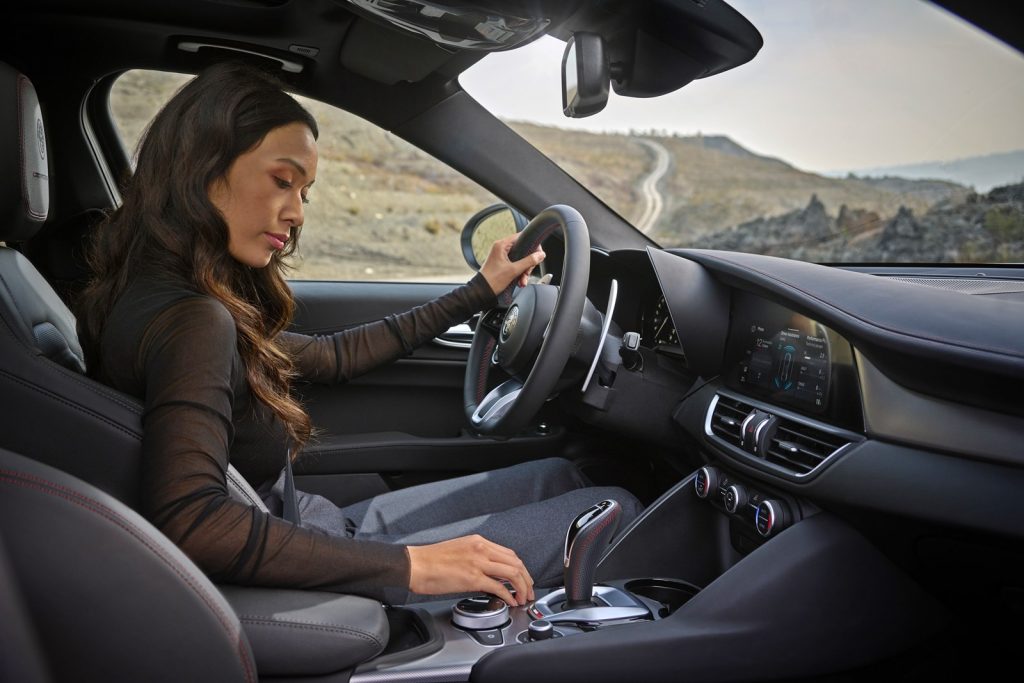
On the Stelvio Veloce, it is possible to integrate the Q4 all-wheel drive with the Q2 mechanical self-locking differential, which is also available on the rear-wheel drive Giulia. The limited slip-differential enhances traction for greater vehicle stability when cornering at high speed, during high-speed acceleration and in wet or slippery conditions.
An Alfa Romeo exclusive is the Alfa Link suspension. On the front, a double wishbone with a semi-virtual steering axis optimises the filtering effect and allow quick and precise steering. At the rear, a multilink solution with four and a half arms (patented by Alfa Romeo) provides enhanced handling combined with excellent comfort.
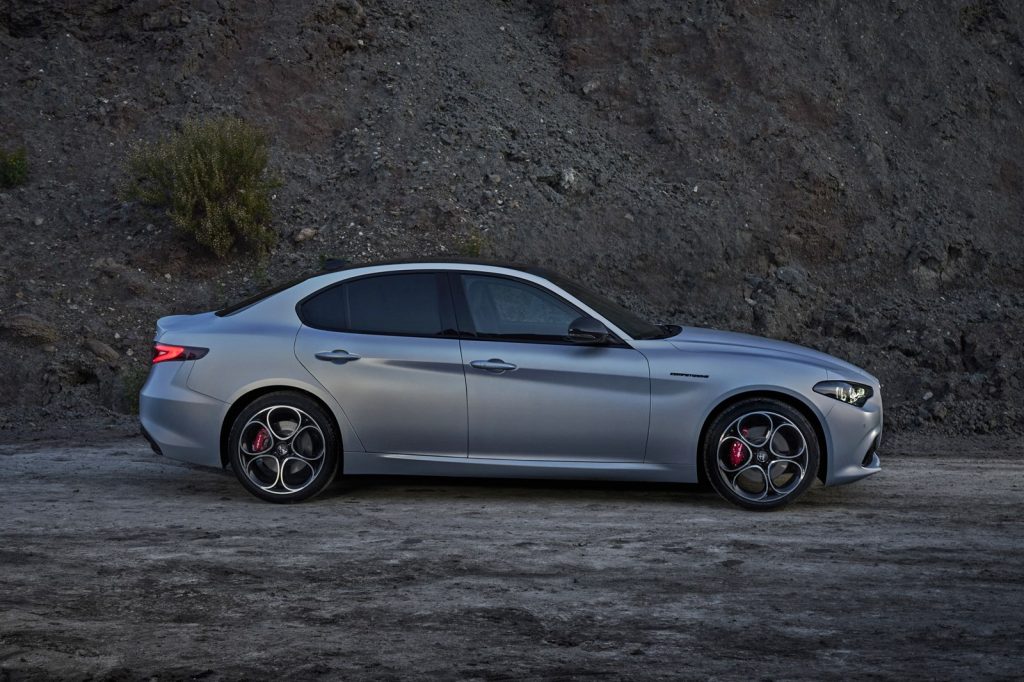
The Active Suspension uses an electronically controlled damping system which adapts to driving conditions instant by instant enabling the driver to opt for more performance-biased or comfort-oriented handling. However, this is only on the Competizione special series.
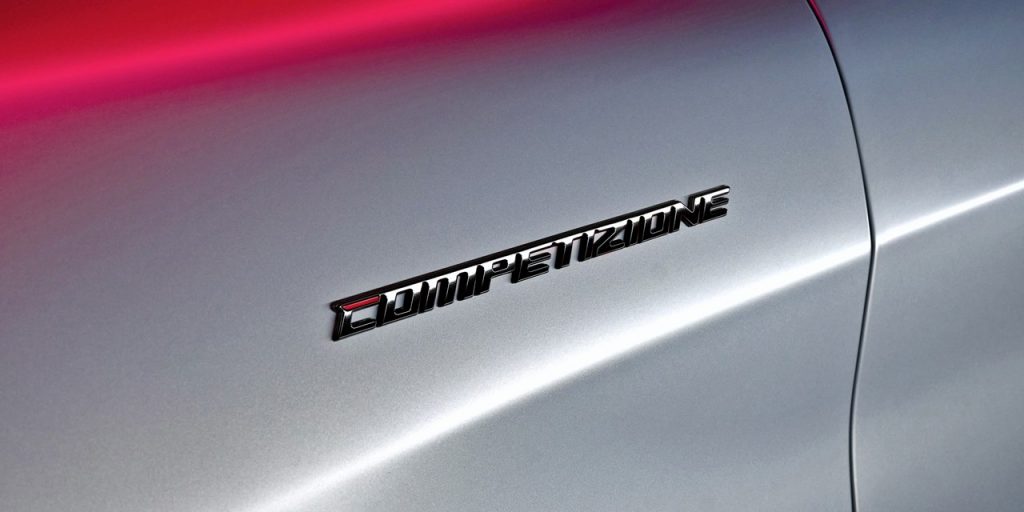
The Competizione special series is a new offering that comes together with the new Giulia and Stelvio. Based on the Veloce trim and available with every engine, this series is positioned at the top of the range with features like an exclusive Moon Light grey matt colour, red brake calipers and 21-inch alloy wheels. The interior has a Harman/Kardon audio system and leather-upholstered dashboard and seats with red stitching.
Simple line-up strategy
The new Giulia and Stelvio follow the strategy introduced with a simple range consisting of two trim levels – Sprint and Veloce. The Giulia models will be available with rear-wheel drive and a 280 bhp petrol engine, while the Stelvio will come with the choice of the all-wheel-drive and 280 bhp petrol or 210 bhp turbodiesel engines.


